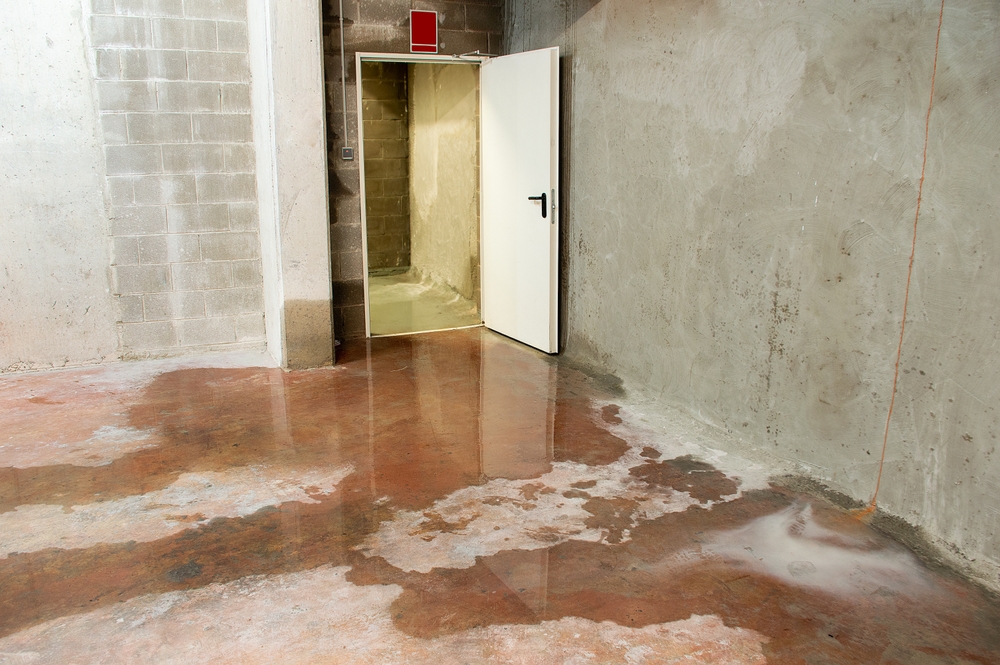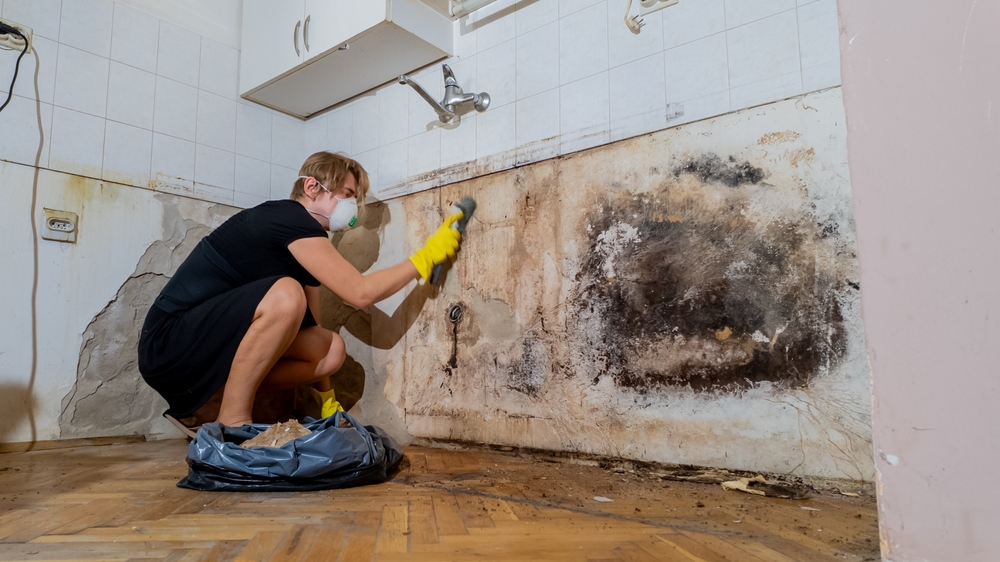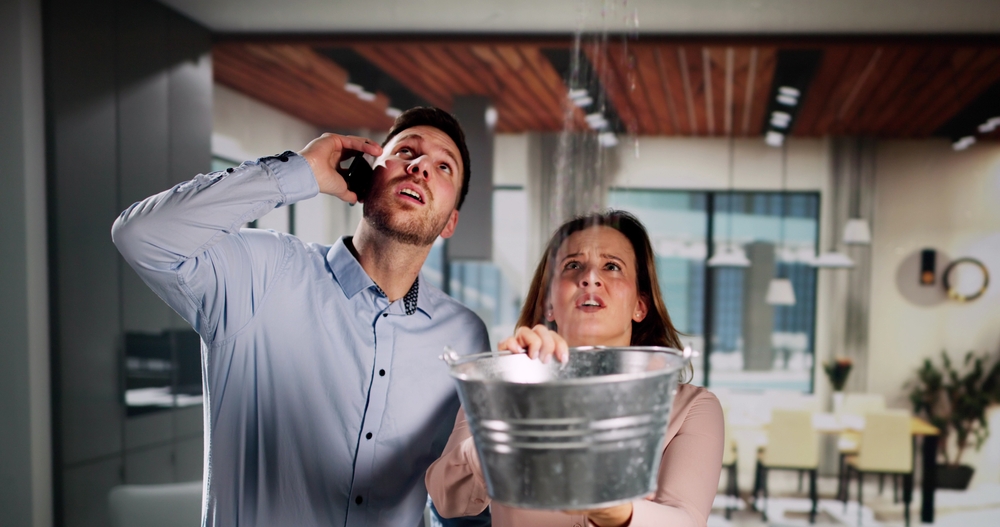A Comprehensive Guide to Restoring Your Home After Flood Damage
Of all the natural disasters, floods destroy towns and houses. After a flood, homes may be structurally damaged, health hazards abound, and soggy belongings abound. Early, strong reaction will help to minimize long-term damage and ensure a safe living environment. This article shows the main steps to rebuild and restore your house after flood damage.
Step 1: Assess the Damage
- Safety First: Many times containing pollutants, floodwaters create health hazards. Until they are judged safe, stay away from places with standing water. Avoid also electrical risks since water and electricity are a lethal mix. While looking over your property, wear gloves, rubber boots, and masks.
- Document the Damage: Before starting repairs or cleanup, document all obvious damage with pictures and videos. Recording the damage holistically will help your insurance claims. Photographs of broken walls, flooring, furniture, and personal items should be captured; close-ups will help to ensure clarity.
- Identify the Extent of Damage: Look at which parts of your house are impacted. Look into structural problems like foundation or wall fractures. Search plumbing, HVAC systems, and electrical systems for damage. Evaluate flooring, ceiling, and drywall water damage. Understanding the extent of the damage will enable one to prioritize repairs and prevent later issues.
Step 2: Contact Your Insurance Company
- Notify Your Insurer: Call your insurance provider right away to document the flood damage. Early warning guarantees a better claims process and speeds help. Tell them first approximations on the degree of the harm.
- Understand Your Coverage: To know what your insurance covers, go over your policy. Standard policies can exclude flood damage, hence extra flood insurance could be required. With your insurer, clarify the coverage limits, deductibles, and claims procedure.
- Document Your Losses: Compile a thorough inventory of lost or damaged goods. Describe every item, note purchase dates, and project values. Offering complete documents will support your claim and assist to guarantee a just compensation.

Step 3: Water Damage Mitigation
- Water Extraction: Eliminating standing water comes first, absolutely vital. For smaller regions, use wet vacuums; for great amounts of water, use pumps. For less severe floods, towels and other absorbent items can be rather successful.
- Drying the Home: Complete drying of your house helps to avoid subsequent damage including mold development. To speed the drying process, run fans and dehumidifiers. When the weather permits, open windows and doors to boost airflow.
- Mold Prevention: Usually starting 24 to 48 hours following floods, mold starts to form. Deal with this right away by sterilizing impacted areas with antifungal treatments. Throw away anything like drywall or soaked carpeting that cannot be repaired.
Step 4: Structural Damage Repair
- Professional Inspection: Floods can compromise the structural integrity of a house. Hire a competent contractor to go over your house for concealed problems including wall or foundation compromise. Expert opinions guarantee that no important problems go missed.
- Repairs and Reconstruction: Start repairs replacing flooring, drywall, and framing. Where at all possible, use water-resistant materials to protect from future flooding. Emphasize on keeping your house aesthetically pleasing while yet restoring its structural integrity.
- Building Codes and Permits: Rebuilding operations must follow regional building codes. Get the required licenses for building or repairs. Following rules guarantees safety standards are satisfied and helps to prevent fines.
Step 5: Electrical System Inspection and Repair
- Professional Inspection: Water-damaged electrical systems represent major safety hazards. See a certified electrician to check circuits, outlets, and wire. This stage guarantees the functional and safety of the electrical system in your house.
- Repairs and Replacement: Replace all broken outlets, switches, and wires among other electrical components. Short circuits and fires are common in water-damaged systems, so replacements are quite important.
- Safety Precautions: During electrical repairs, follow safety precautions. Before working in flooded areas, always cut off the electricity at the main circuit breaker. Check power is off with a non-contact voltage tester.

Step 6: Cleaning and Restoration
- Professional Cleaning: Expert cleaning companies focus in rebuilding and sanitizing houses affected by floods. They remove pollutants and guarantee your house is fit for living by using industrial-grade tools and products.
- Personal Belongings: Sort your personal stuff to find things you could save. Before you bring anything back inside your house, completely clean and dry it. For extra safety, use professionally rated disinfectants.
- Disposing of Damaged Items: Get rid of things like mattresses, carpets, and saturated furniture that are beyond repair. Use local garbage disposal instructions to guarantee careful handling.
Conclusion
Although floods can destroy houses and cause disturbance in daily life, quick response can greatly minimize long-term effects. These guidelines will help homeowners quickly recover their houses and protect them from future disasters. When calamity strikes, proper maintenance, flood insurance, and an emergency plan will make all the difference.
Additional Tips for Flood Preparedness and Recovery
- Stay Informed: To be ahead of possible hazards, pay attention to local weather forecasts and follow flood alerts.
- Create a Flood Emergency Plan: Create a family plan including emergency contact numbers and escape routes.
- Elevate Valuables: Store valuables and important paperwork at higher floors of your house or waterproof containers.
- Maintain Gutters and Downspouts: Clean these often to avoid water accumulation and overflow under lots of rain.
- Consider Flood Insurance: Research flood insurance choices to guard your house from possible financial loss.
Maintaining preparation and implementing preventative steps will help you to reduce the terrible consequences of flooding and safeguard your family and belongings.
Philadelphia Restoration Services
https://www.google.com/maps?cid=3399342399556699153
+1 267 668 0013
https://philadelphiarestorationservices.com/


